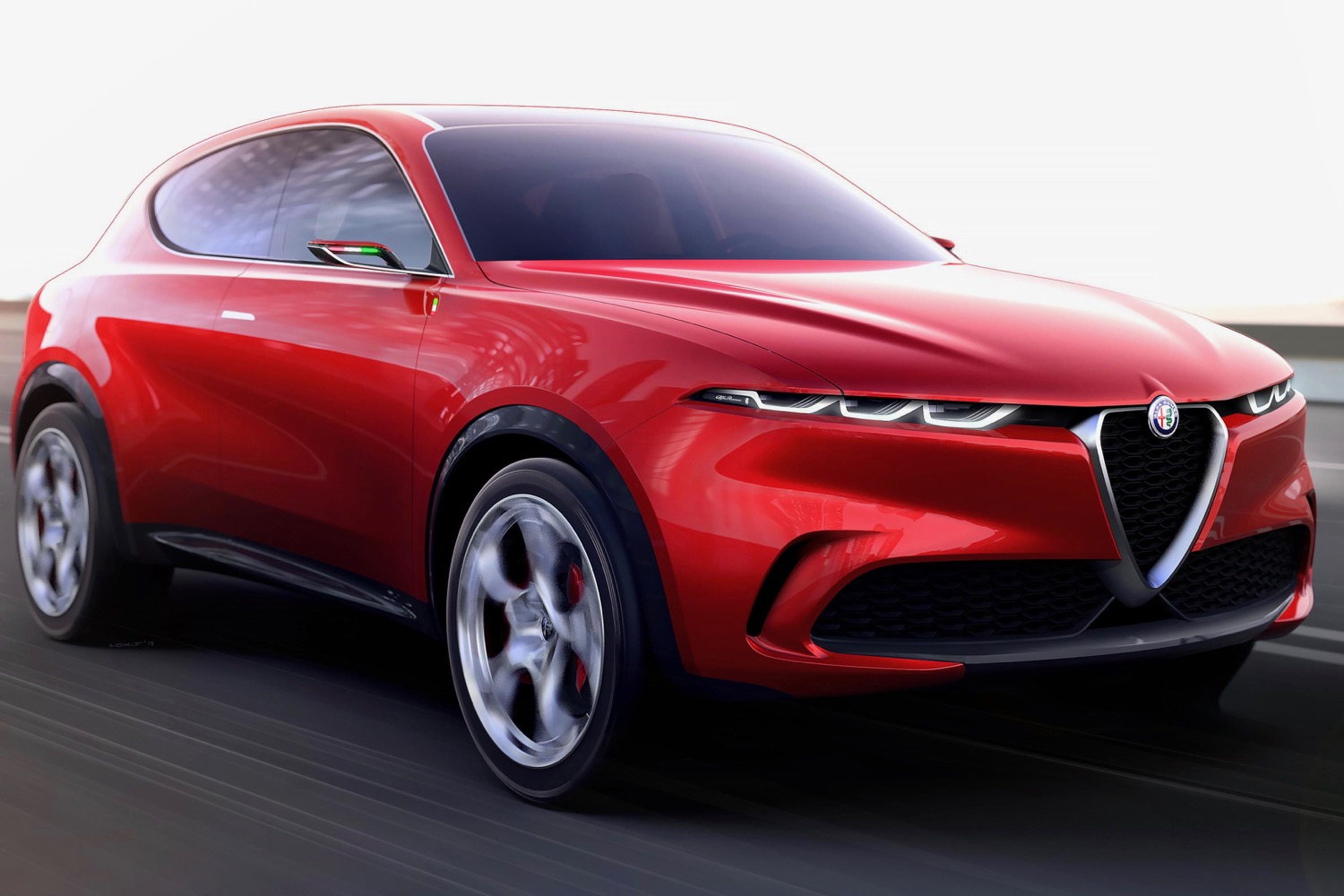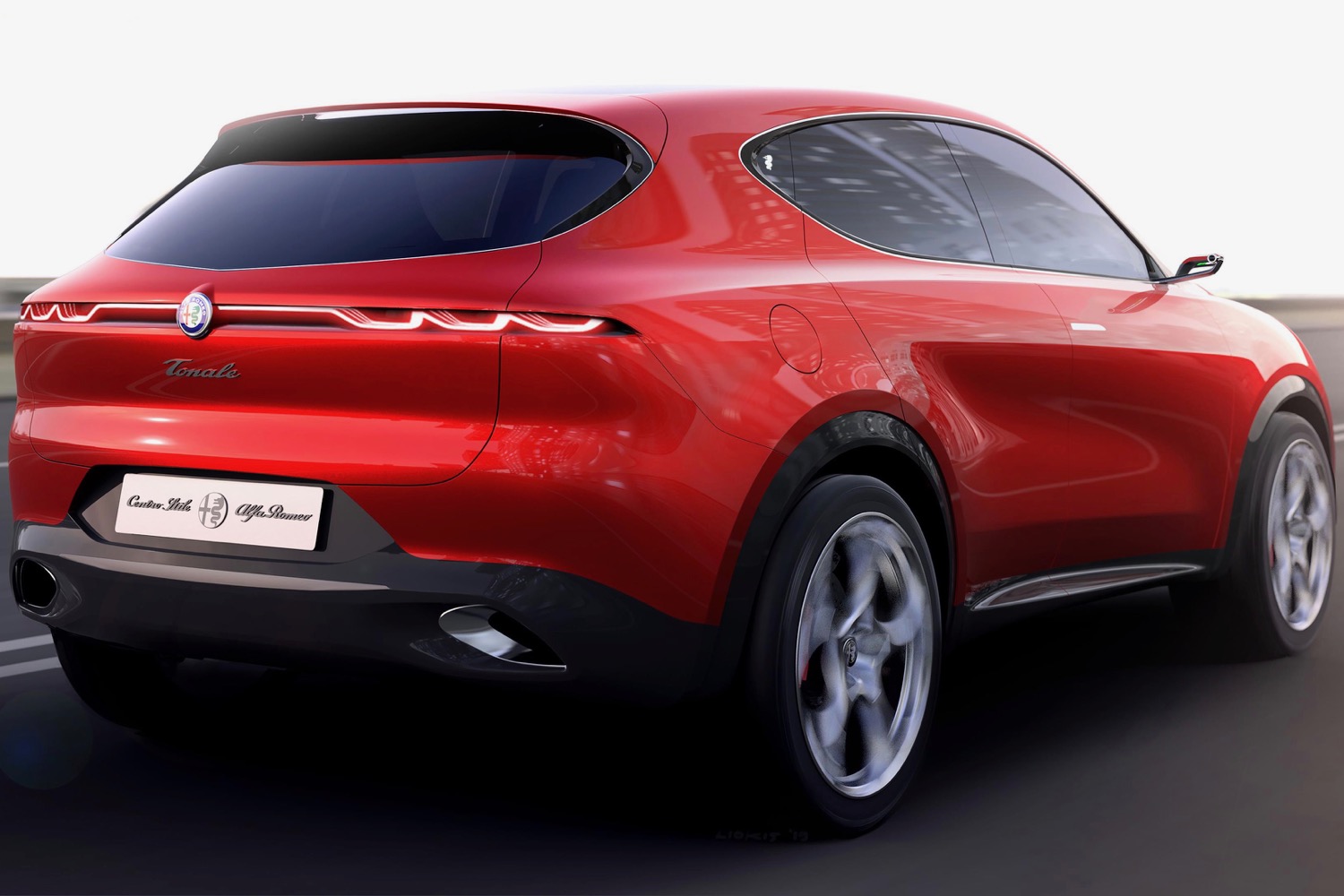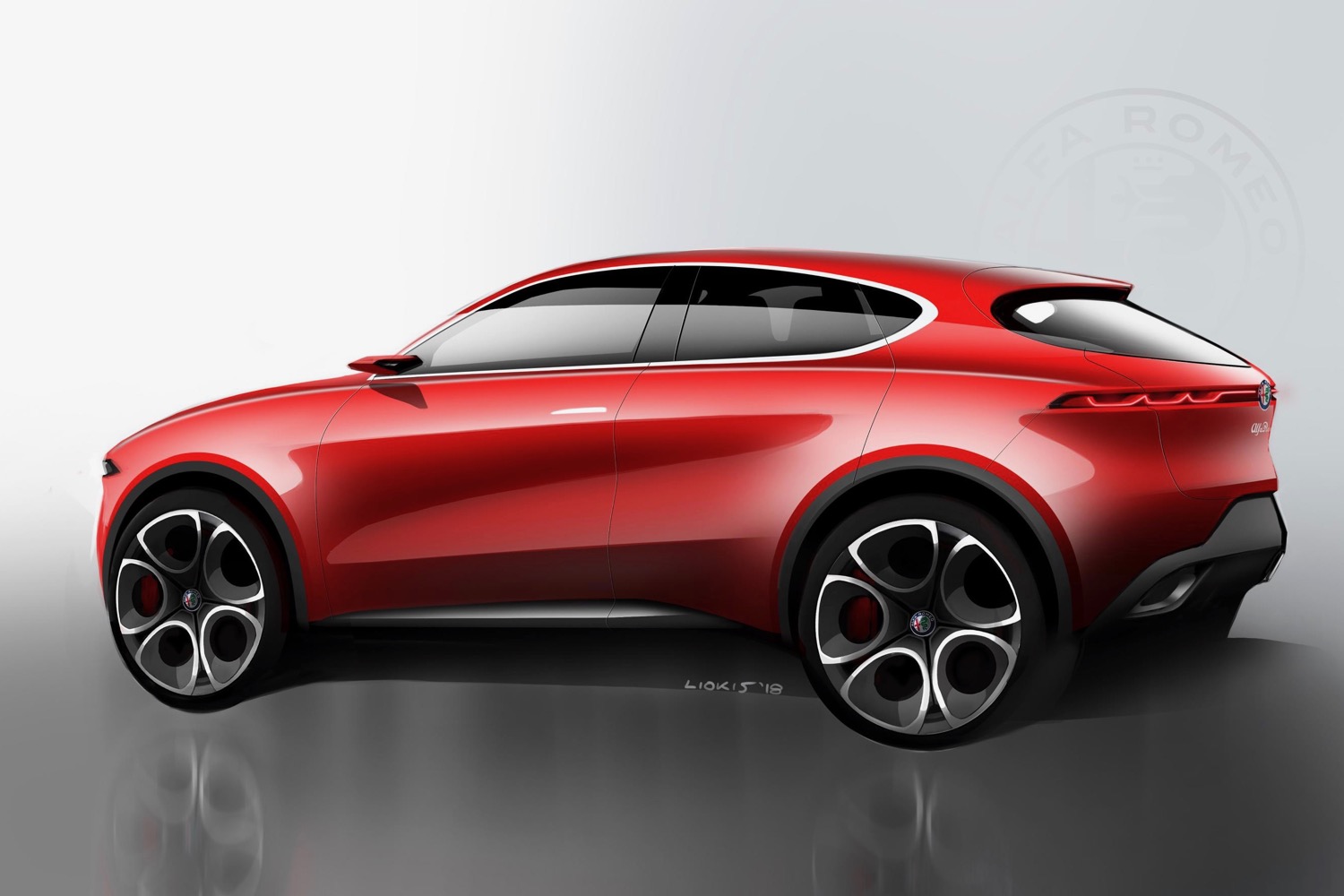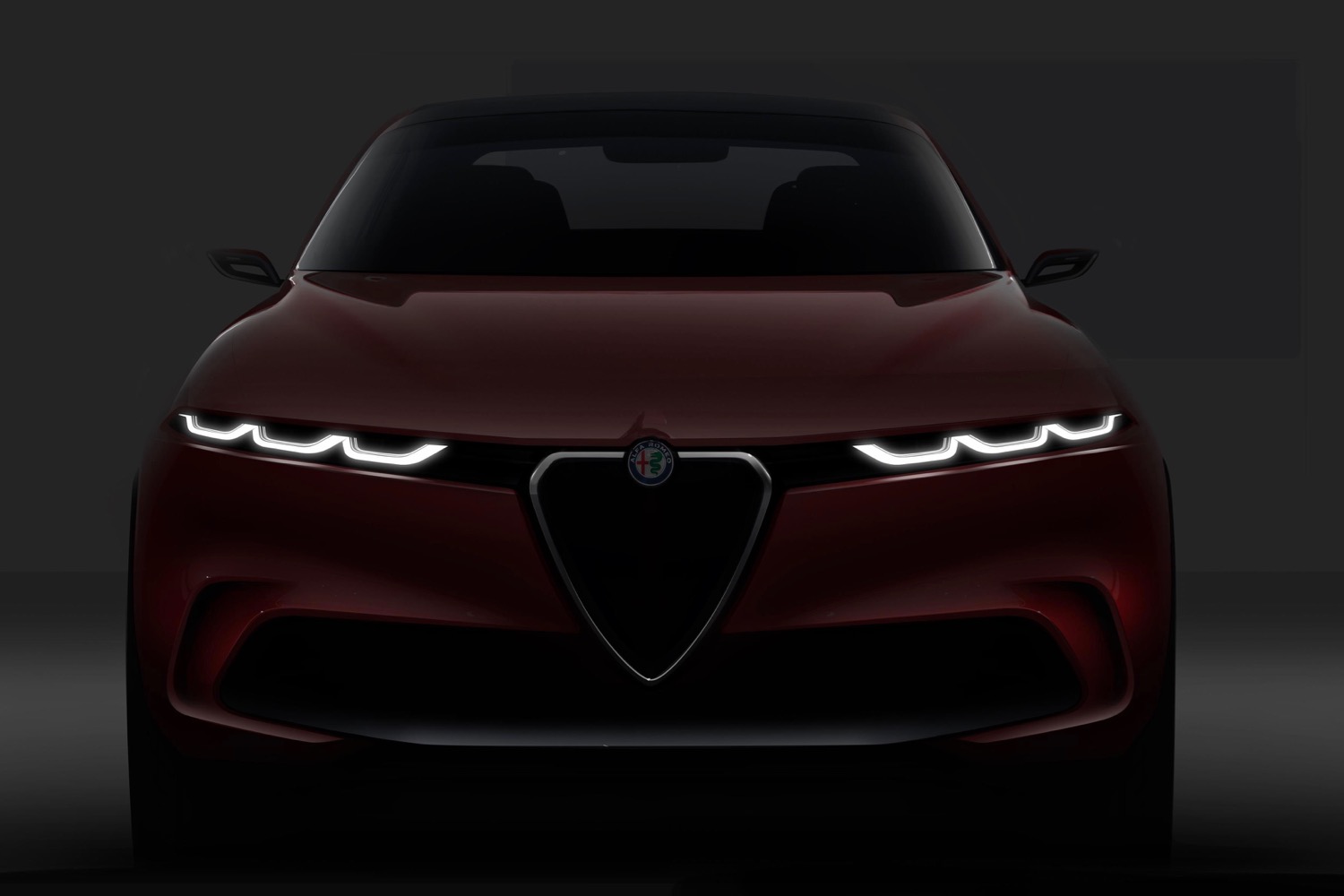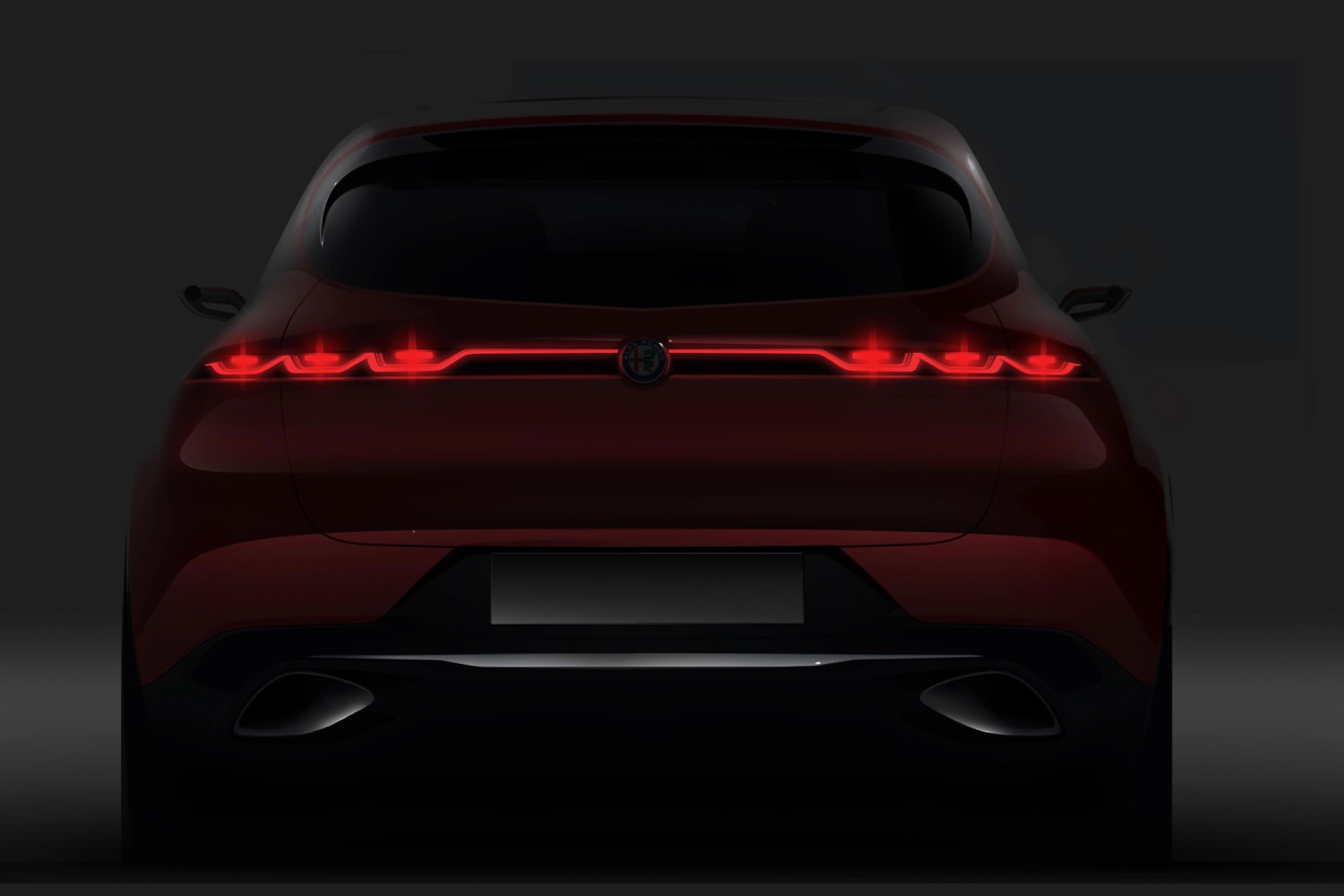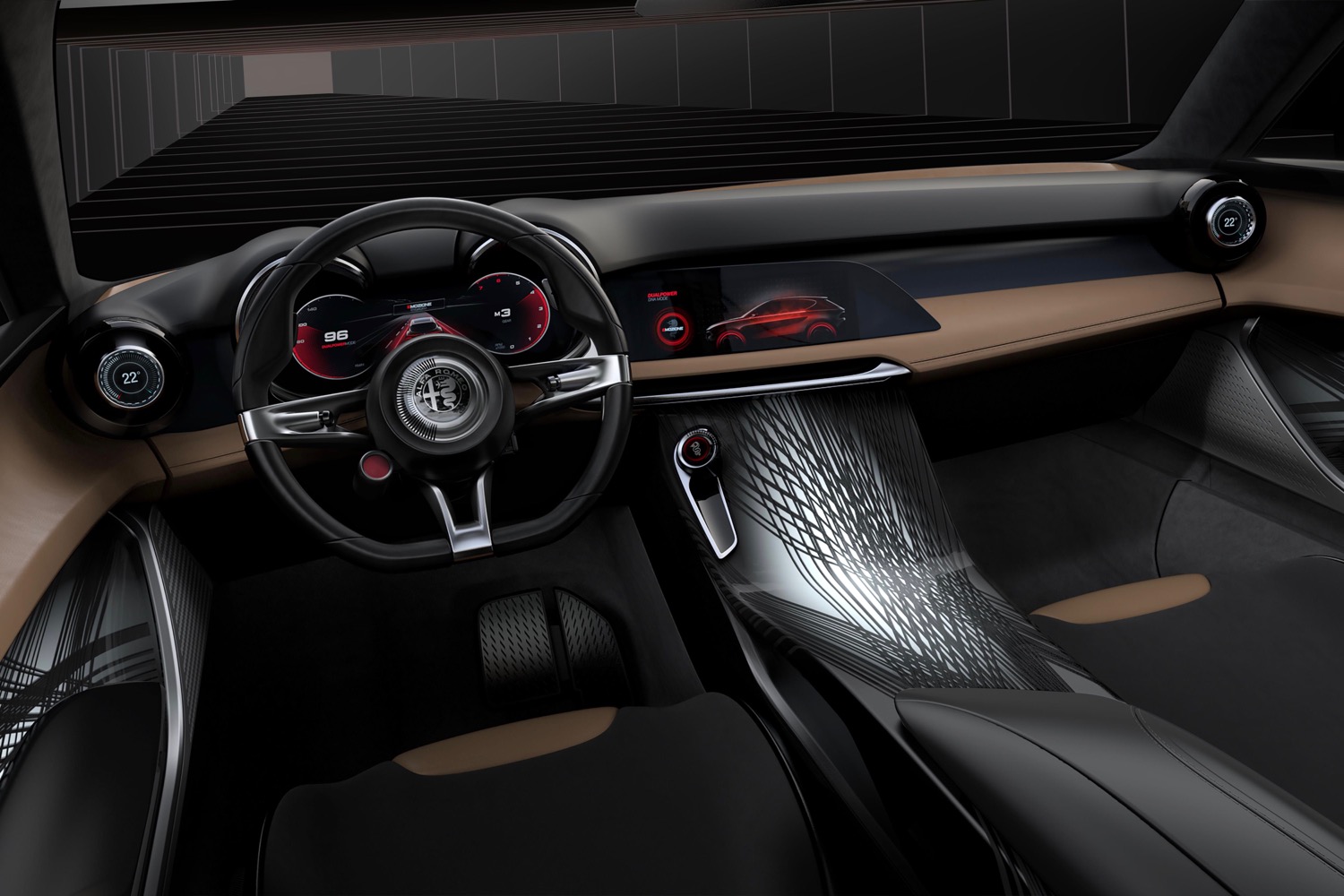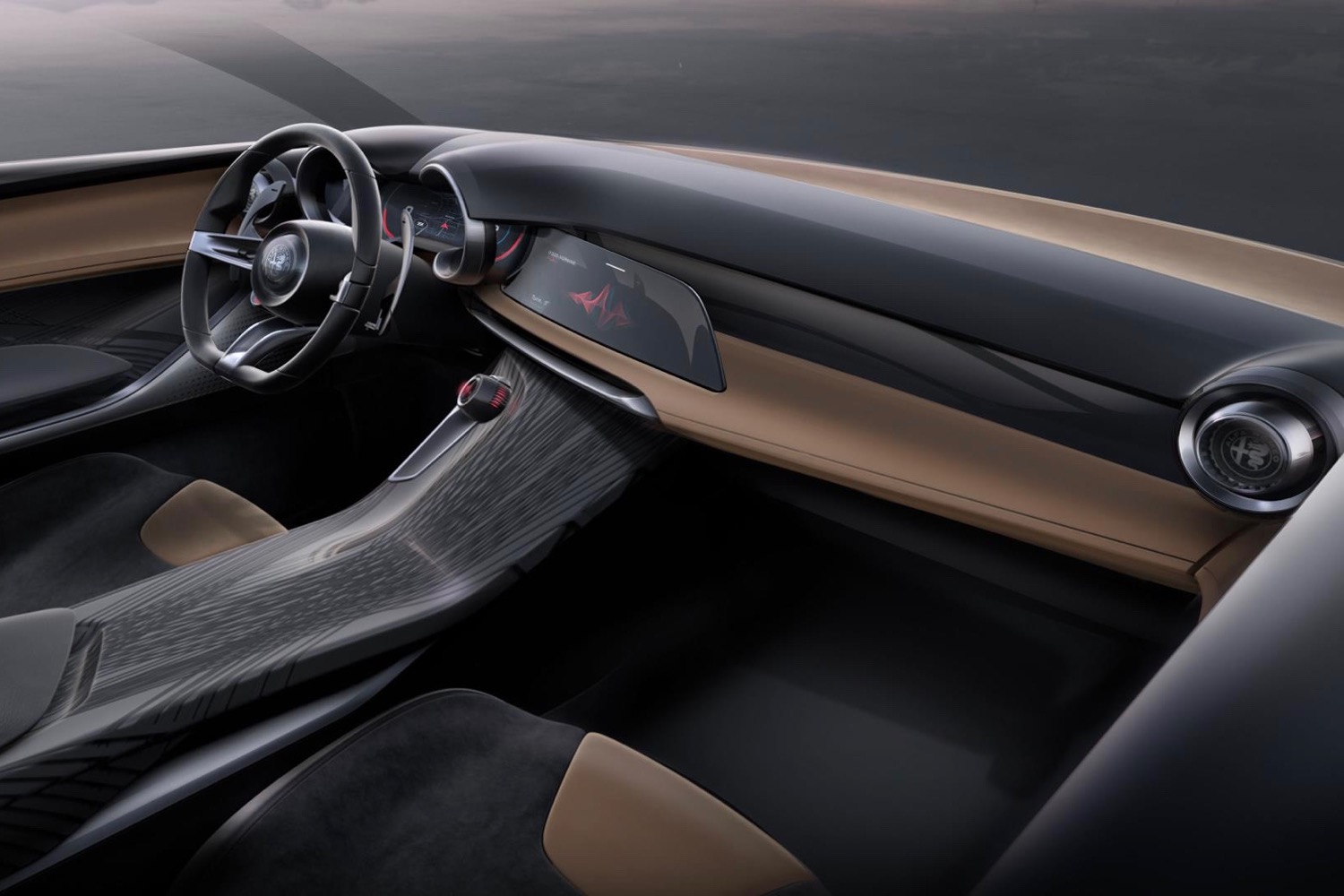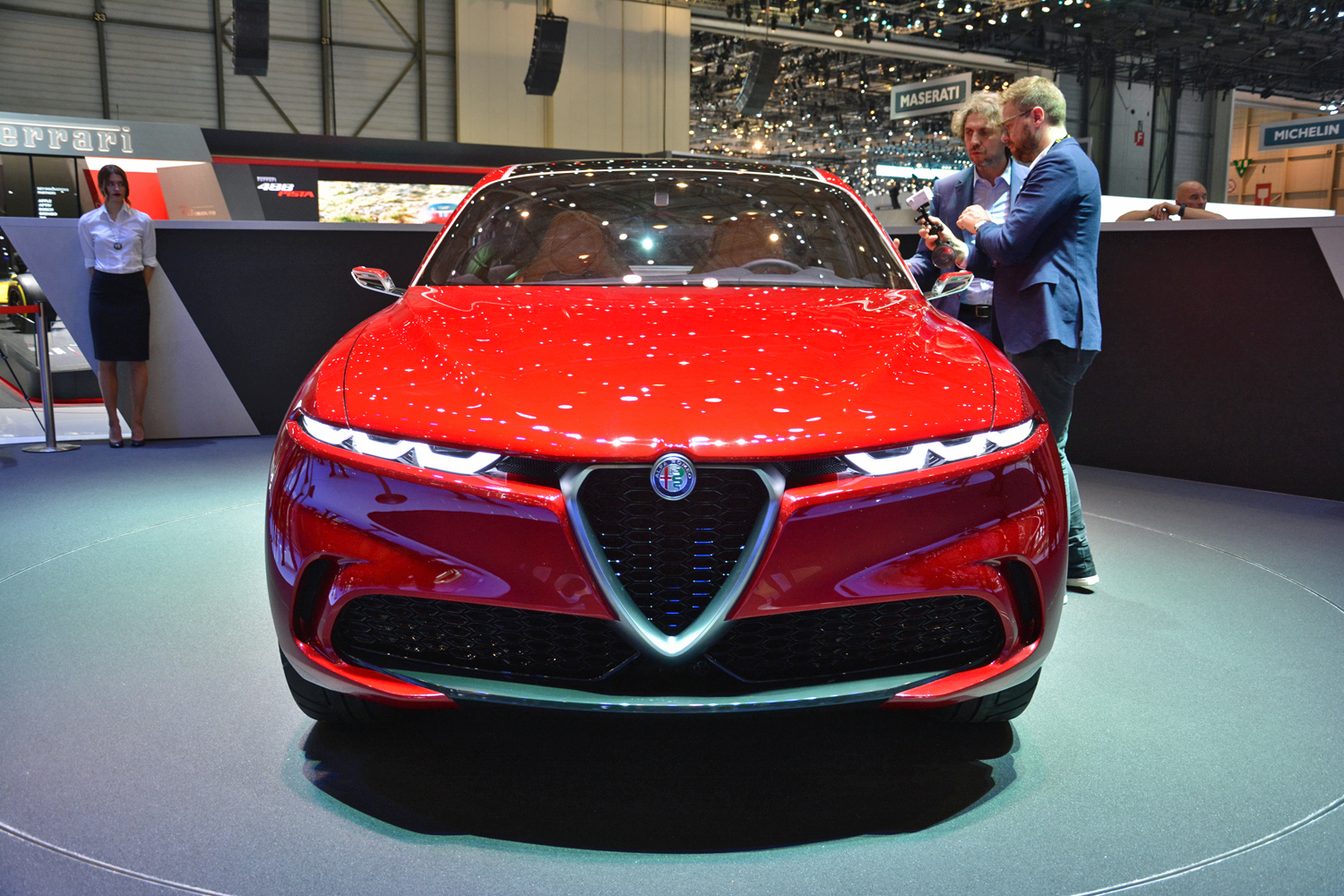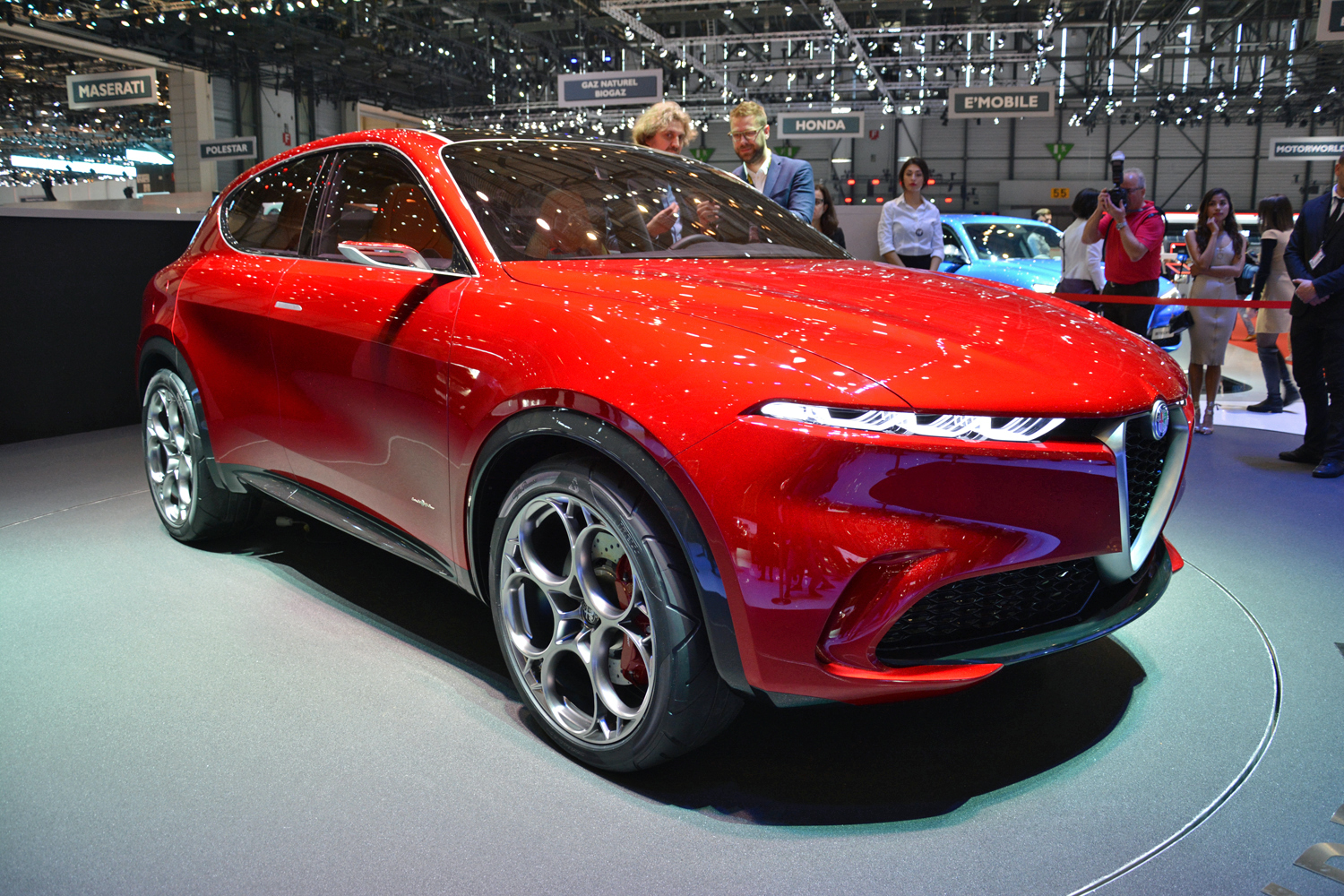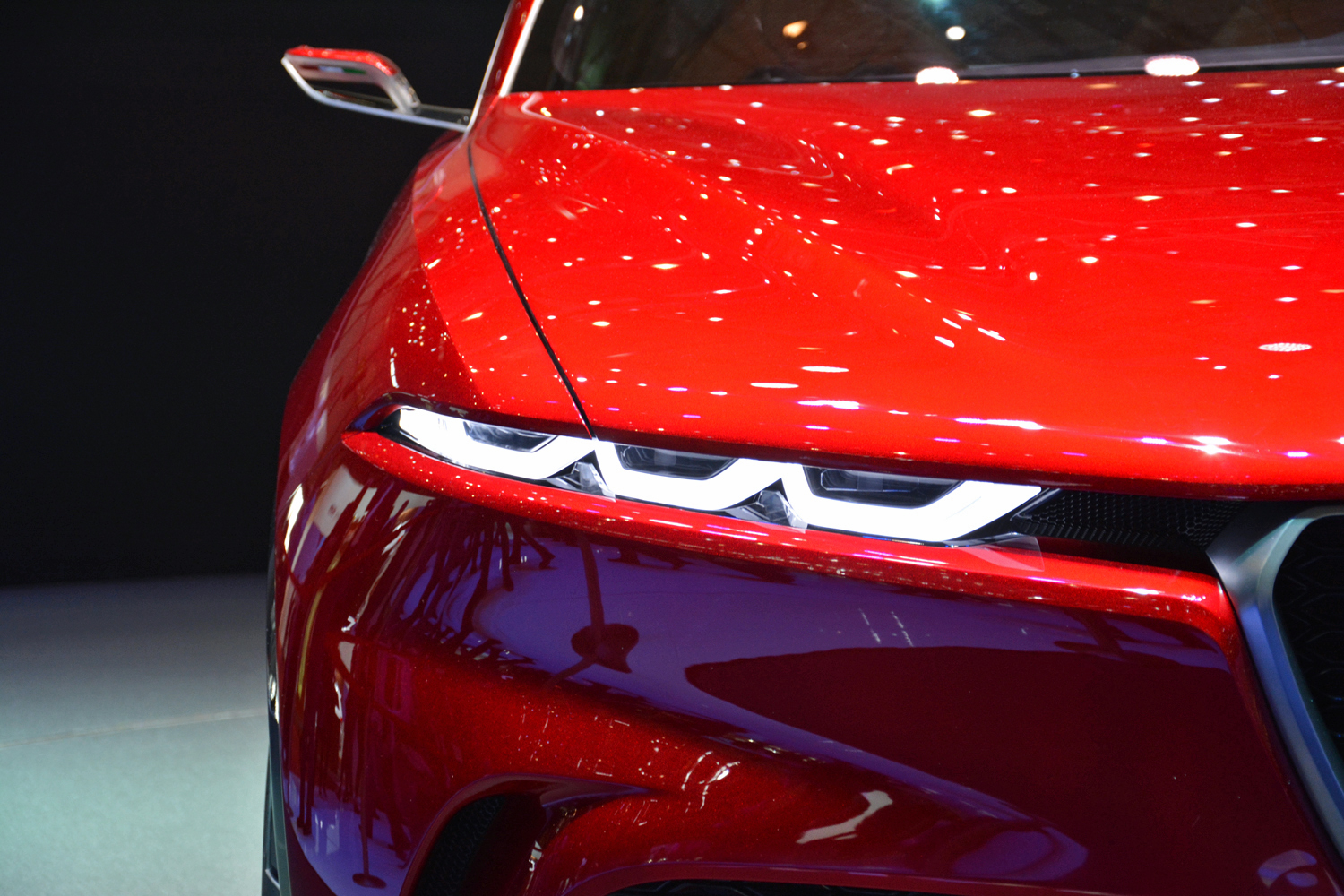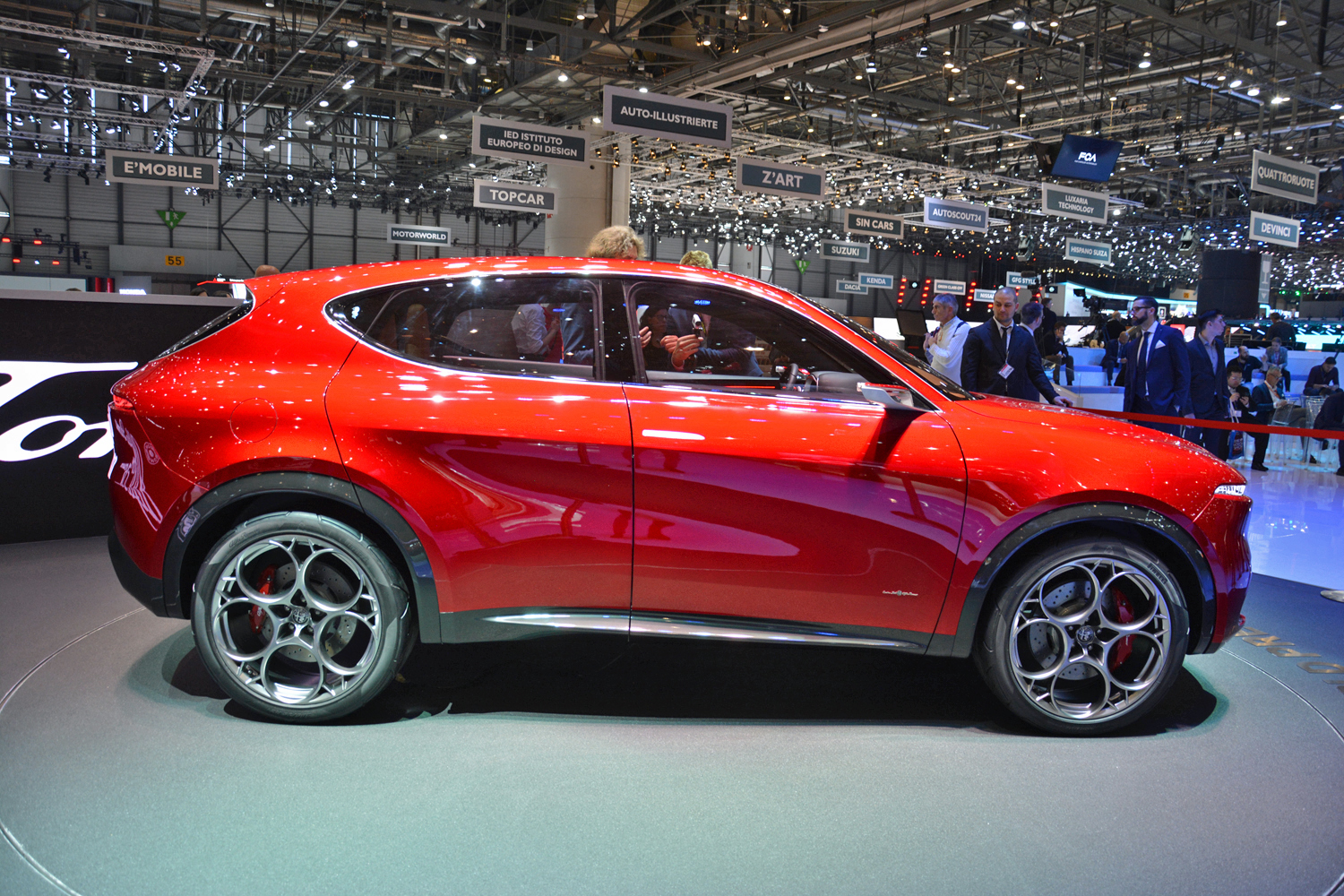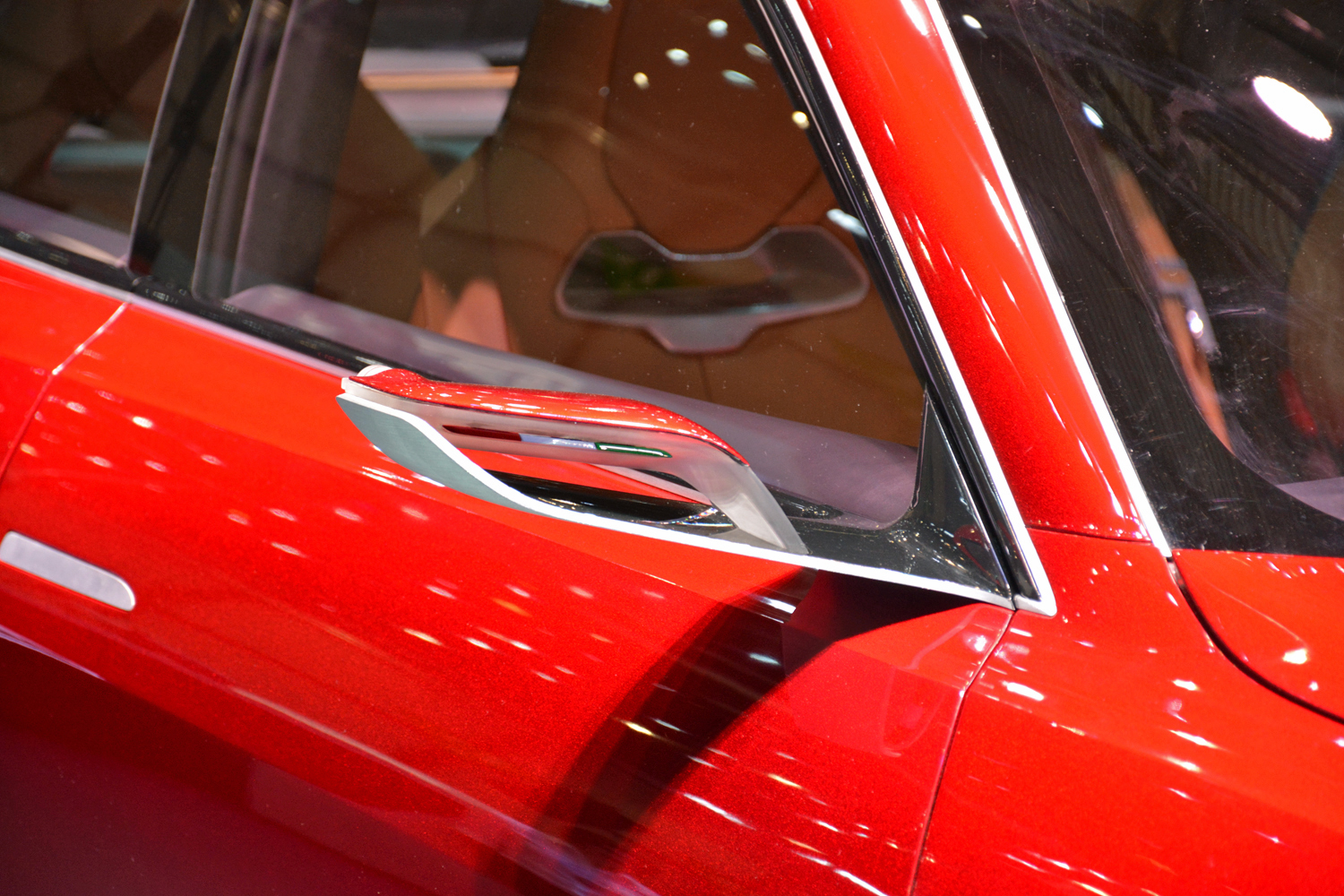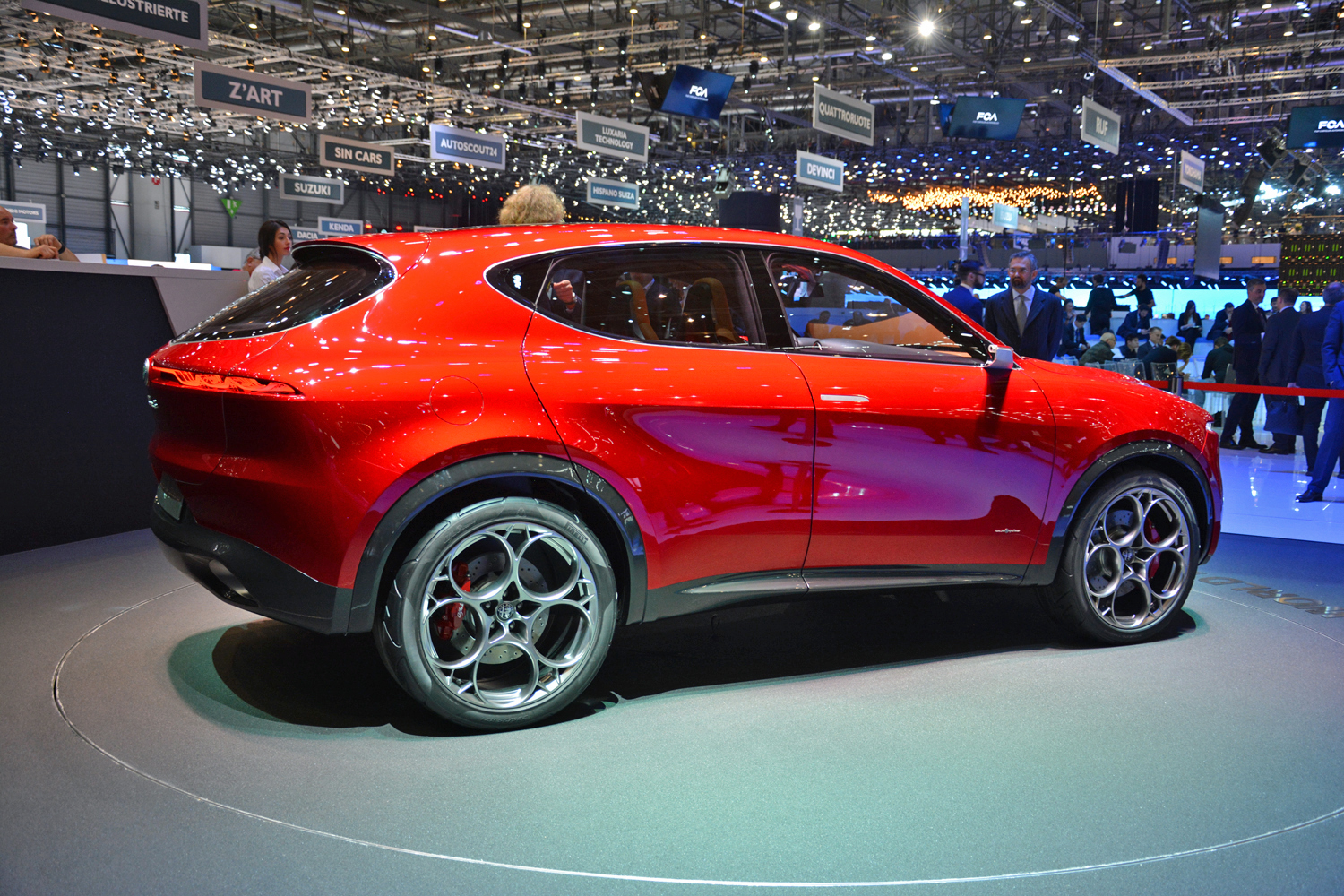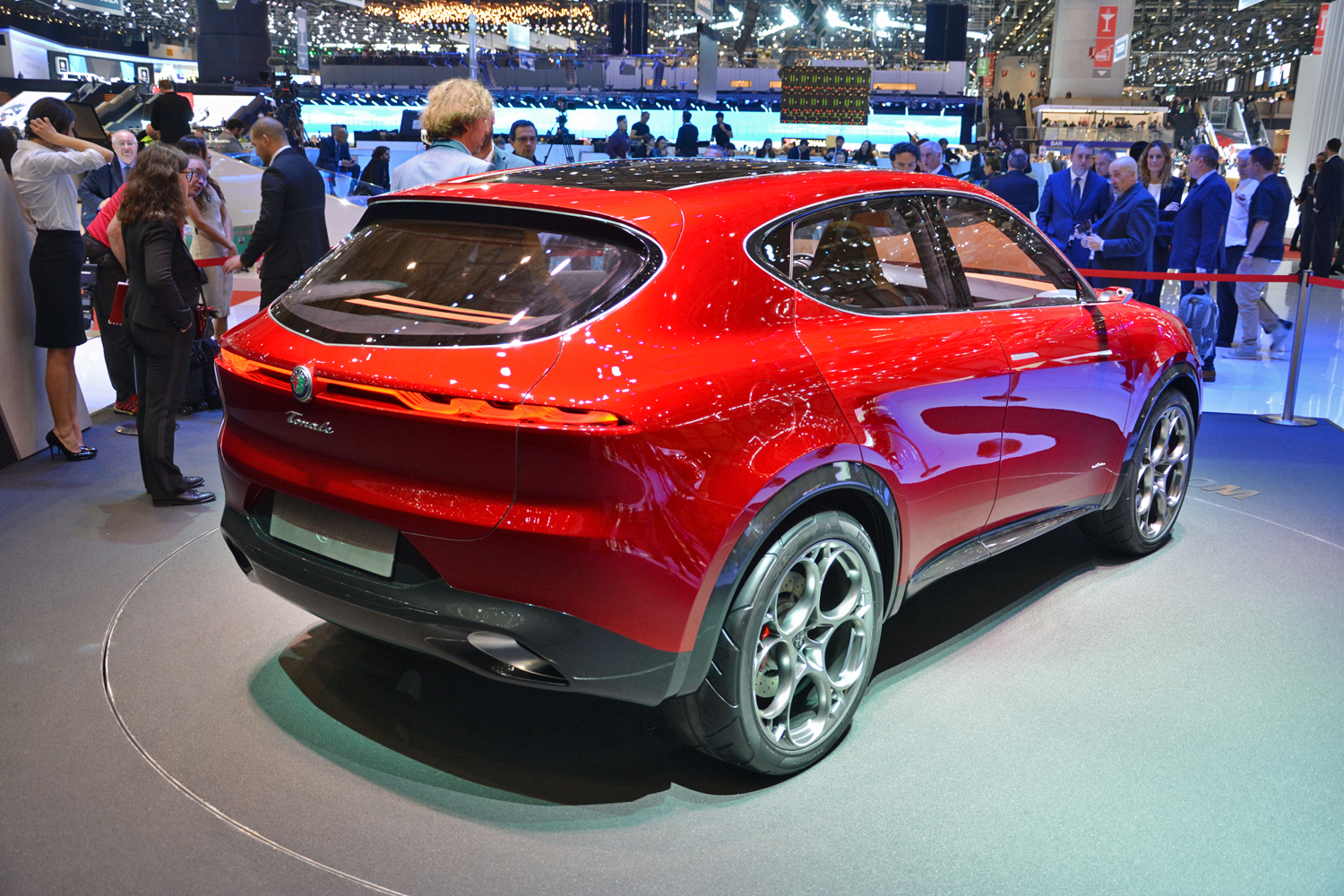As reported by Digital Trends, Alfa Romeo brought something new to the 2019 Geneva Motor Show. The Alfa Romeo Tonale concept previews the Italian automaker’s first plug-in hybrid model, a crossover smaller than the current Stelvio.
Like the Stelvio, the Tonale is named for a European road. The Tonale Pass is located in the Alps and is actually connected to the Stelvio Pass that gave Alfa’s existing utility vehicle its name.
The styling of the Tonale concept is an evolution of Alfa’s current design language, which isn’t a bad thing. Alfa claims the exterior references famous past models like the Duetto and Disco Volante Spider, although it’s hard to draw a real connection between those sleek sports cars and this high-riding crossover.
The four-seat interior has some features, including the hand-drawn gesture lines that crisscross various trim panels, that likely won’t make it to production. The infotainment system, including a 12.3-inch digital gauge cluster and 10.25-inch central touchscreen, seems more plausible as a production item. The driver can even access an Alfa Romeo social network called Alfista and an in-car marketplace called Paddock. Similar to General Motors’ Marketplace feature, Paddock allows people to buy things from their dashboards, in this case “performance upgrades and equipment” and Alfa Romeo merchandise.
The Tonale features the same “DNA” drive-mode selector as Alfa’s current production cars, but with settings specific to its plug-in hybrid powertrain. Instead of “Dynamic,” the Tonale has a “Dual Power” mode that summons power from both the internal-combustion engine and electric motor. “Natural” remains unchanged as the default setting, while “Advance Efficiency” is now “Advance E,” an all-electric mode. An “E-mozione” button on the central touchscreen triggers “specific throttle settings, sharper braking, and a more direct steering response,” according to Alfa.
Alfa did not offer any specifications for the powertrain. Parent Fiat Chrysler Automobiles (FCA) has some experience with plug-in hybrids thanks to its Pacifica Hybrid minivan, and it’s planning to launch plug-in hybrids for its Jeep and Maserati brands.
The Tonale concept will likely spawn a production model, although Alfa would not say when that would happen. Alfa is experiencing a resurgence, with a return to Formula One racing and an anticipated slate of new models that also includes a hybrid supercar and a new coupe reviving the famous GTV name.
Editors' Recommendations
- Alfa Romeo Tonale kicks off a tech-centric ‘metamorphosis’
- Lincoln Corsair Grand Touring adds plug-in hybrid power
- 2021 Toyota RAV4 Prime adds fuel efficiency and power in equal measure
- 2020 Audi A8 gains plug-in hybrid powertrain, sporty S8 model
- Toyota gives its sweet, race-ready Supra the green flag for production
